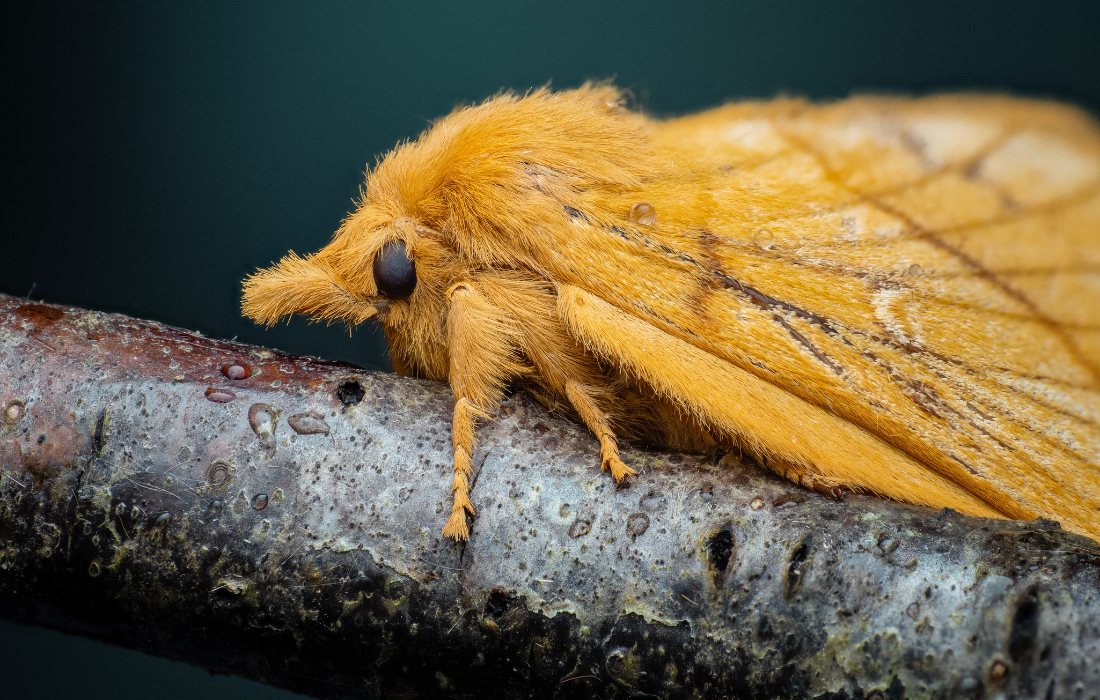
BioBlitz 2024: The results
Our fourth BioBlitz took place in the Forest at our 62 acre site at Gorcott Hill, near Redditch. Despite the challenging conditions we faced, with downpours of rain, greyer, windier and colder weather we had this year compared to our previous BioBlitz events, a total of 209 species were recorded within 24 hours! The species included birds, invertebrates, molluscs, and plants. Take a look at what we discovered.
Recording wildlife in the Forest
A BioBlitz is a race against the clock to discover as many species of plants, animals, and fungi as possible, within a set location, over a defined period (usually 24 hours).
This year was our first BioBlitz in the Redditch area of the Forest at Gorcott Hill, with grateful thanks to support from National Grid Electricity Distribution. The Forest team were joined once again by volunteers, members of the public, and wildlife experts to help create another extraordinary snapshot of the rich biodiversity we have. This year we focused largely on invertebrates.
Background: Gorcott Hill
Gorcott Hill is a 62-acre site made up of woodland, three grasslands and eight ponds - these ponds have our best population of emerald damselfly in the Forest.
The woodland is an ancient semi-natural woodland and is designated a Local Wildlife Site (LWS) due to its ancient woodland flora and acid plants including county important populations of great woodrush, congesta form of heath woodrush, wood spurge and both green-ribbed and pill sedges.
One of the three grasslands is also classified as a LWS with much knapweed, bird's-foot-trefoil and tufted vetch. It has a small area of sneezewort (the only place we have it in the Forest) and is a waxcap grassland with many waxcaps of the common species. The other two meadows onsite are poorer but by spreading green hay from the LWS meadow onto these and managing them correctly, we are beginning to see the flora of these two meadows improve. You can find out more about green hay strewing in the Forest here
Here are our recordings from this year’s BioBlitz:
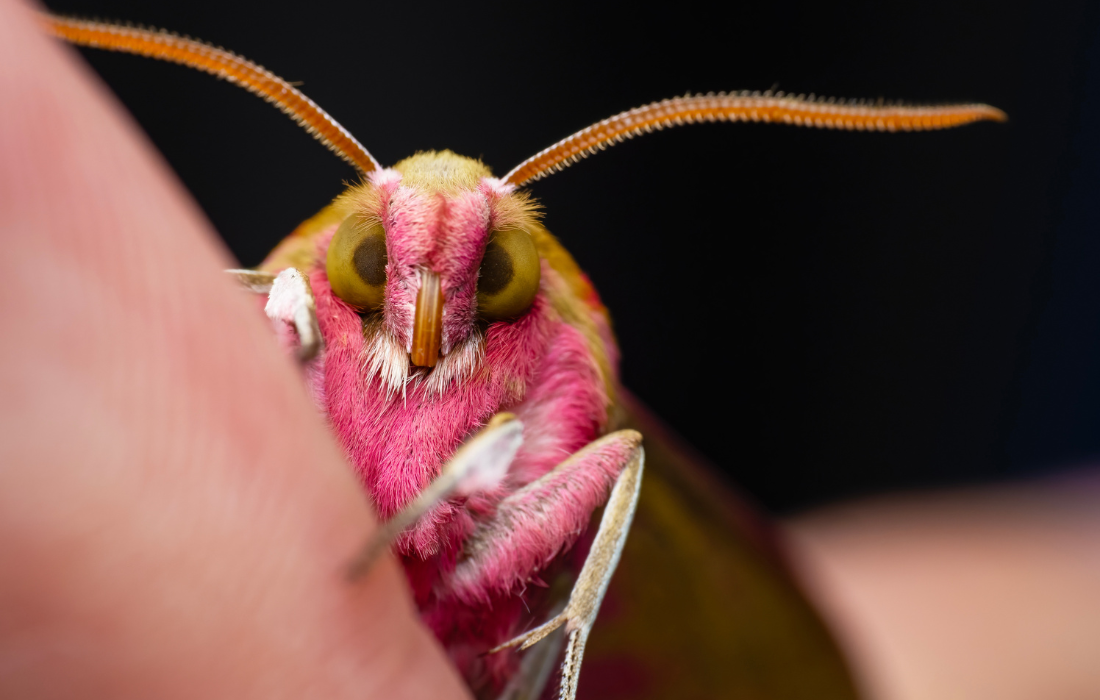
Moths
Species recorded: 65
A total of 65 macro-moth species were recorded. Notable species include three hawk-moths - the elephant hawk-moth, small elephant hawk-moth and poplar hawk-moth, as well as the day-flying narrow-bordered five-spot burnet.
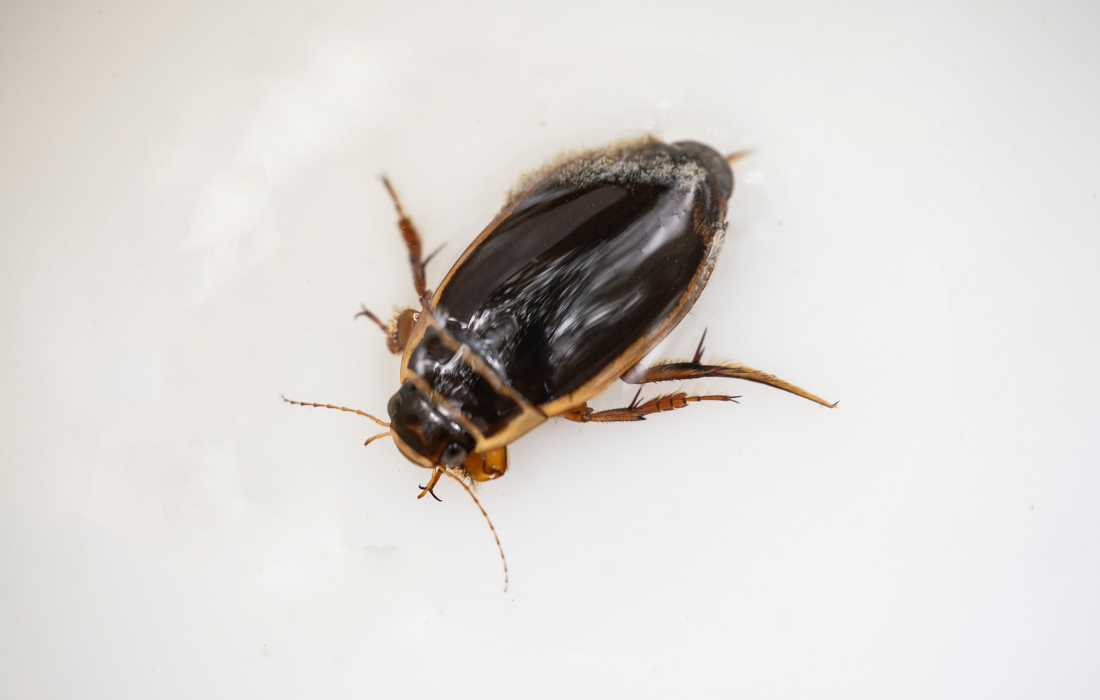
Beetles
Species recorded: 42
Many of these were wetland specialists, including 15 diving beetles, 11 water scavenger beetles and the water ladybird. A single longhorn beetle, the small poplar borer, was noted as being present by its characteristic boring holes into aspen. Other findings include four ground beetles, a seven spot ladybird, two weevils, two false blister beetles, two rove beetles, one cantharid beetle, one whirligig beetle and one burrowing water beetle.
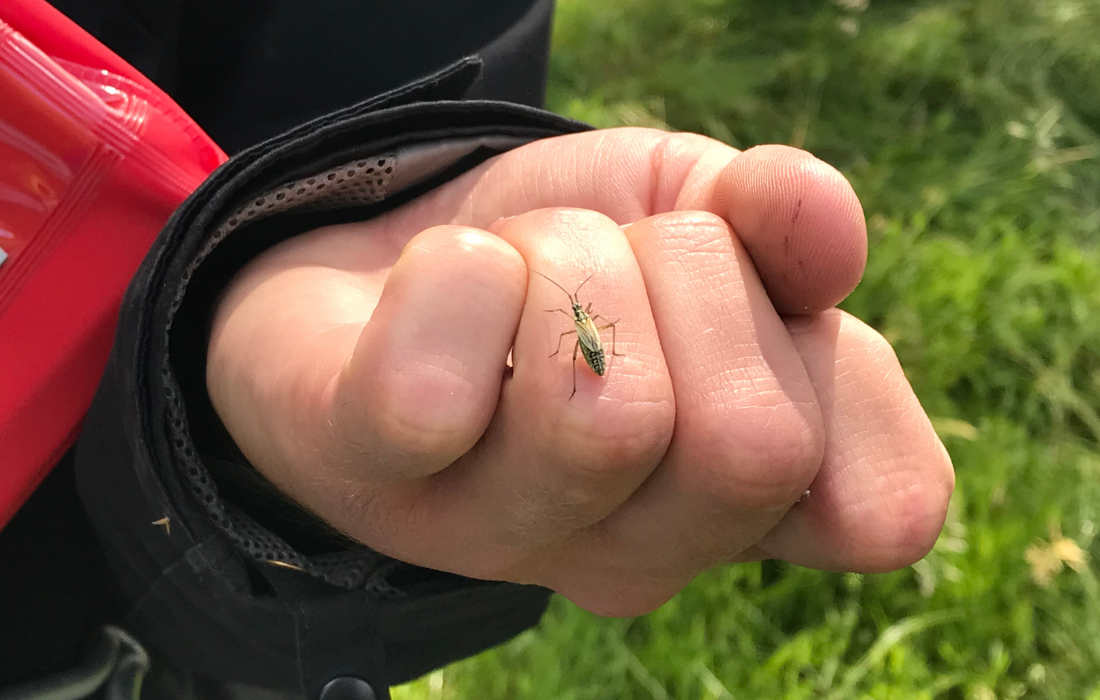
Hemiptera (true bugs)
Species recorded: 12
Two shield bugs were found, as well as two water boatmen, two pond skaters, two water crickets, one water measurer, one water stick insect, one plant bug and one backswimmer.
Molluscs
Species recorded: 10
These include three water snails, two land snails, two slugs, two bivalve molluscs and a freshwater limpet.
Arachnids
Species recorded: 9
These arachnids include six spiders, two harvestmen and a tick.
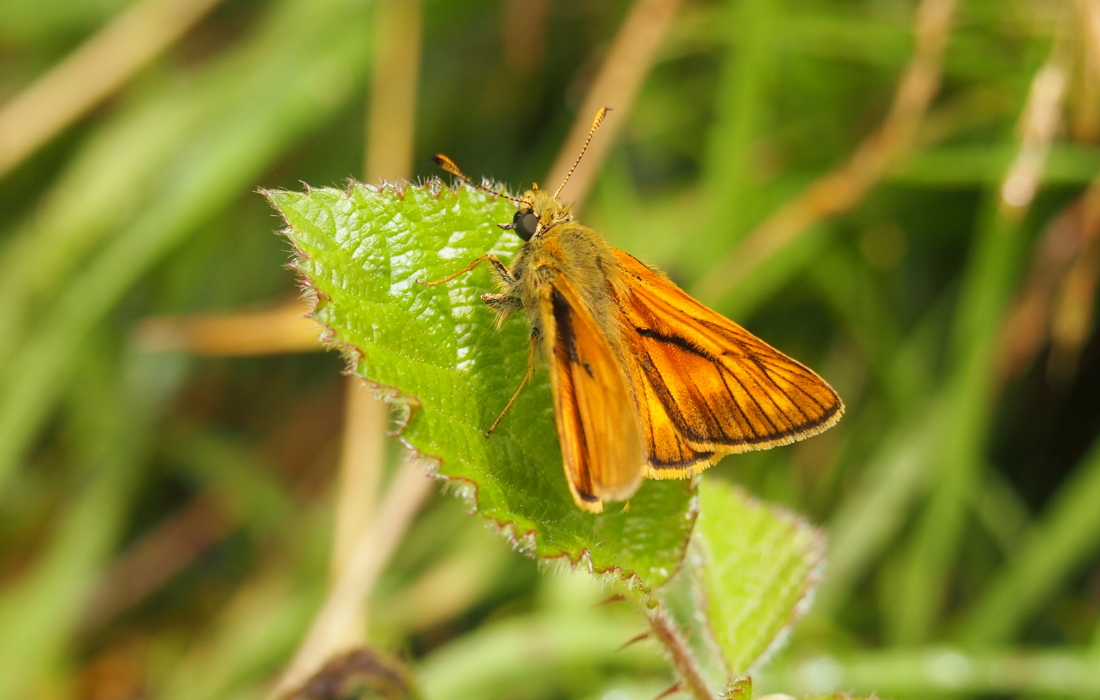
Butterflies
Species recorded: 9
All of the species found were common - large skipper, small skipper, peacock, ringlet, meadow brown, marbled white, large white, green-veined white and small white.
Arthropods
Species recorded: 8
These species include five isopods, two pond shrimps and one water springtail.
Diptera (flies)
Species recorded: 6
The fly species include three hoverflies, a yellow dung fly, a holly leaf miner, and a Chironomid midge, seen as a bloodworm in a pond.
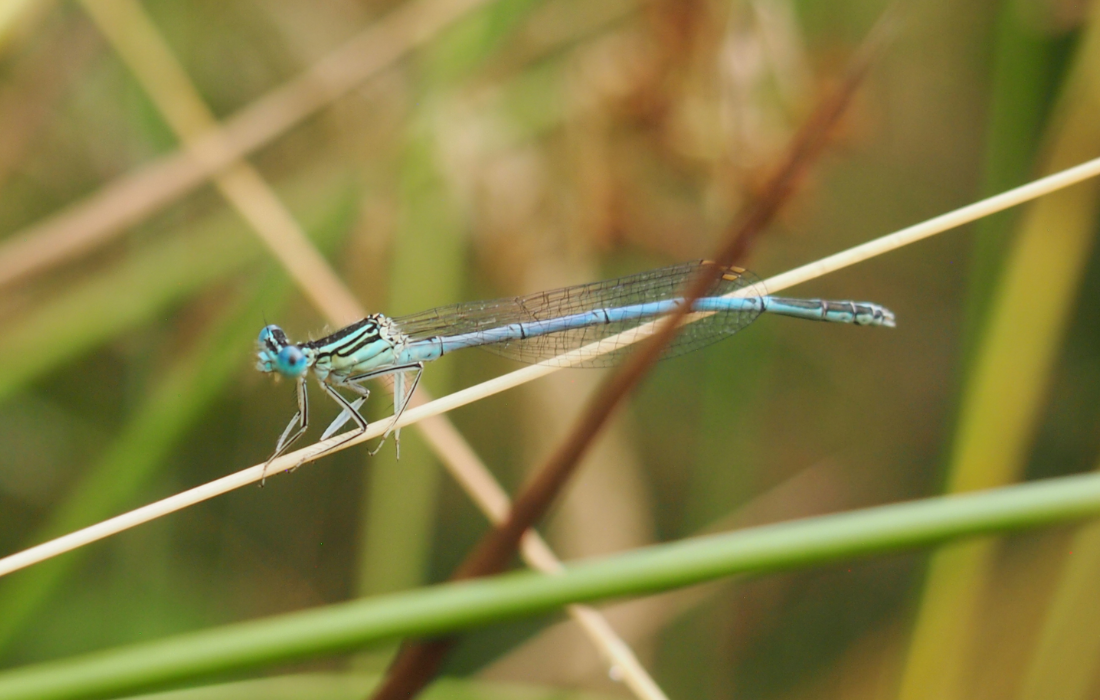
Odonata (Dragonflies and damselflies)
Species recorded: 7
Two dragonflies (common darter and southern hawker) and five damselflies (common blue damselfly, blue-tailed damselfly, emerald damselfly, white-legged damselfly and beautiful demoiselle) were found including a surprisingly large number of southern hawker larvae in the shady pond four which usually has very few dragonflies around it!

Grasshoppers and crickets
Species recorded: 5
The grasshoppers found were field grasshopper, meadow grasshopper and green grasshopper. The crickets were oak bush-cricket ad Roesel’s bush-cricket.
Hymenoptera (bees, wasps and ants)
Species recorded: 4
This includes two bumblebees, the common carder and early bumblebee, and two sawflies.
Myriapod
Species recorded: 4
Of these, one centipede (banded centipede) and three millipedes (pill millipede, blunt-tailed snake millipede and flat-backed millipede) were found.
And our final invertebrate findings were: one common earwig, one pond olive mayfly, one scorpion fly and a flatworm.

Other plants and animals
Species recorded: 24
11 plants – all common species.
10 birds – including nuthatch and song thrush, which aren’t frequently caught species.
2 amphibians – including great crested newt, a protected species and LBAP (Local Biodiversity Action Plan) species, and a smooth newt.
1 reptile – a grass snake found under a reptile mat.
Creating a Forest for wildlife
If you want to get hands-on in nature and take part in wildlife surveys, why not volunteer with the Forest?



